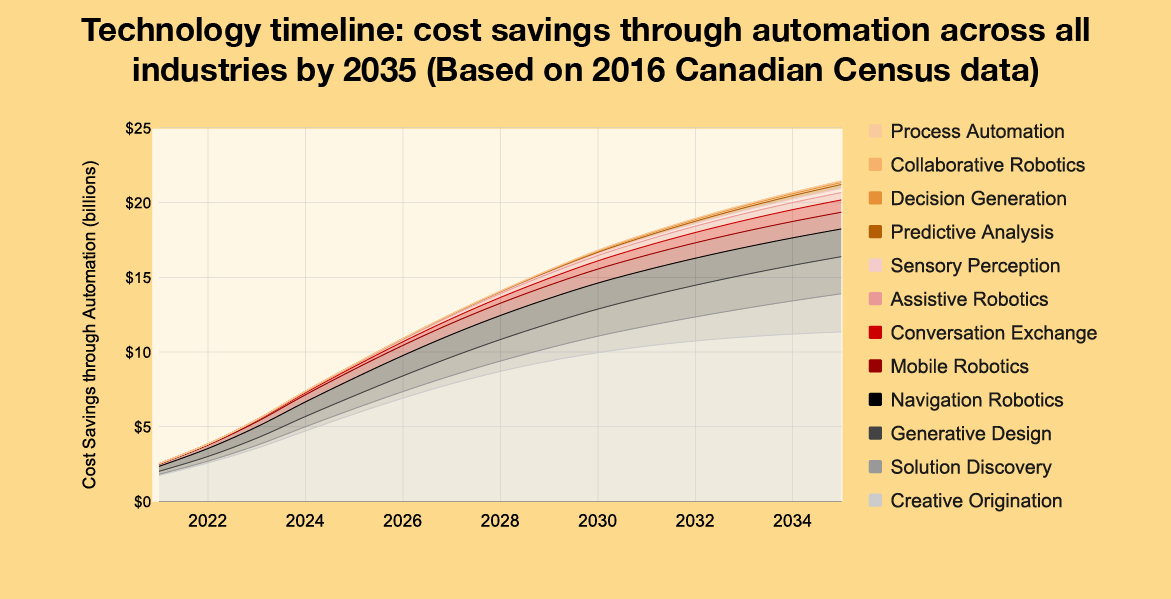Technology will continue to transform the way payroll staff work by reducing time required for administrative tasks, automating workflows and streamlining processes.
- AI will become more prevalent in detecting payroll anomalies and helping to answer basic queries.
- Machine learning will be used for predictive workforce analytics, rapid detection of payroll anomalies, “smart” time verification, and payroll reconciliation.
- Mobile applications will become more widespread, enhancing self-service functionality and ultimately improving employee engagement.
- Robotics process automation (RPA) will replace repetitive and mundane tasks and manual processes.
Payroll technology will evolve into a true single database architecture with the ability to continuously calculate pay. As a result, within the next five years, it is predicted that as much as 40 per cent of the Payroll Administrator role could be automated.[1]
The report shows that these new technology efficiencies will save employers time, and money — an estimated $14 billion by 2035. But, in order to realize these efficiencies, investments in technology are needed.

Payroll Technology of the Future
While the payroll function lags behind the rest of HR domains in terms of technology modernization, there has been a noticeable shift towards the use of cloud payroll technology. More than half (53%) of organizations are now using cloud-based payroll technology. With portable or cloud-based data, organizations can establish a central and accessible repository of payroll data, enabling increased data analytics related to payroll delivery.
Moreover, integration between payroll, HR and time and attendance systems is becoming increasingly popular in Canadian organizations as it allows organizations to access the same information without duplicating work, files, or data. Currently, just 33 per cent of organizations have full integration.
With the right data and data analytics tools, payroll can be instrumental in assessing true costs, determining the organizational impacts of business decisions, and planning for the future.
1. Faethm AI modelling.
